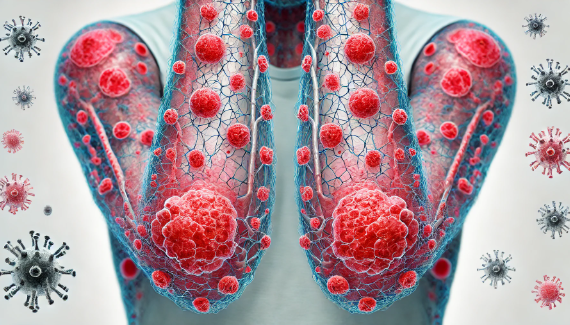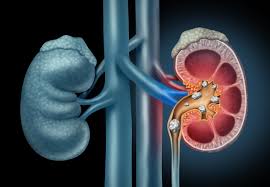Dermatitis Herpetiformis (DH): Overview and Management
What is Dermatitis Herpetiformis (DH)?
Dermatitis herpetiformis (DH) is an autoimmune skin condition strongly associated with coeliac disease. It manifests as a red, itchy, blistering rash that can be very uncomfortable. This condition is triggered by a sensitivity to gluten – a protein found in foods containing wheat, barley, and rye.
Prevalence
- DH affects roughly 1 in 10,000 people.
- It can appear at any age but is most frequently diagnosed between the ages of 15 and 40.
- It tends to be more common in men than women and is rare in children.
Symptoms of Dermatitis Herpetiformis
People with DH often experience:
- Skin Rash: Red, raised patches often with blisters that burst upon scratching.
- Severe Itching and Stinging: These sensations can accompany the rash.
- Commonly Affected Areas: The rash often appears on both sides of the body, such as both elbows, knees, or buttocks.
Gut Symptoms
- Many individuals with DH have the same intestinal damage as seen in coeliac disease, although some may not exhibit digestive symptoms like:
- Diarrhoea
- Constipation
- Stomach pain
- Bloating
- About 60% of people with DH don’t show gut-related symptoms.
Causes of DH
DH is caused by the immune system’s reaction to gluten. This immune response leads to the development of a rash, as antibodies mistakenly target the skin.
Diagnosing DH
Diagnosis involves:
- Skin Biopsy: A small skin sample (taken from an unaffected area of the rash) is tested for antibodies typical of DH.
- Blood Tests: As DH is linked with coeliac disease, tests may also check for antibodies related to coeliac disease.
Note: For accurate testing, it is essential to maintain a gluten-containing diet before diagnosis.
Treatment of DH
The primary treatment for DH is a lifelong gluten-free diet, which involves eliminating foods containing wheat, barley, and rye, and sometimes oats. This helps reduce skin symptoms and manage the autoimmune response.
Healing Timeline: The time for the rash to clear varies by individual and can take up to 2 years or more.
Medication During Treatment
While the diet begins to take effect, medications can help control symptoms:
- Dapsone: This medication, taken as a tablet, can quickly reduce itching and blisters but doesn’t treat underlying causes. It may cause side effects such as anaemia, headaches, and, rarely, nerve damage.
- Alternatives to Dapsone: If Dapsone isn’t tolerated, medications like Sulphapyridine or Sulphamethoxypyridazine may be used.
Complications of DH
Untreated or poorly managed DH can lead to complications similar to coeliac disease, including:
- Osteoporosis
- Certain Gut Cancers
- Other Autoimmune Diseases (e.g., Type 1 Diabetes, Thyroid Disease)
A strict gluten-free diet significantly reduces these risks.
Managing Life with DH
Dietary Changes
- Transitioning to a gluten-free diet requires careful attention to food labels and possible hidden sources of gluten.
- A referral to a dietitian can help ensure proper nutrition while adhering to dietary restrictions.
Medication Management
- Monitoring for side effects of medications like Dapsone is crucial.
- Dosage adjustments may be necessary to minimize adverse effects while providing symptom relief.
Conclusion
With proper diagnosis, a gluten-free diet, and supportive care, most individuals with dermatitis herpetiformis can lead a manageable and fulfilling life. Ongoing monitoring and dietary adherence are key to preventing complications and maintaining good health.







